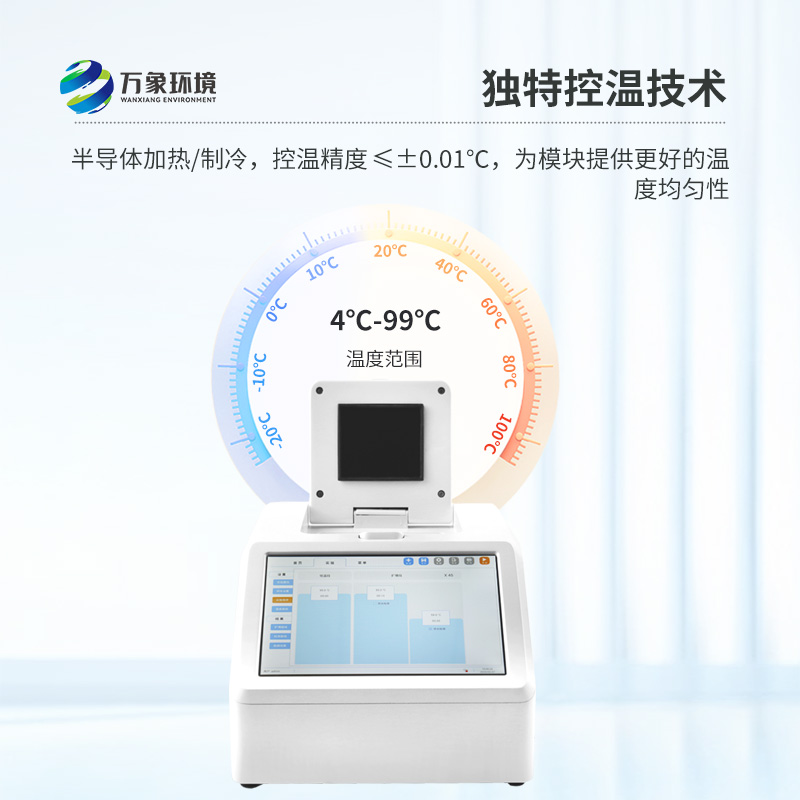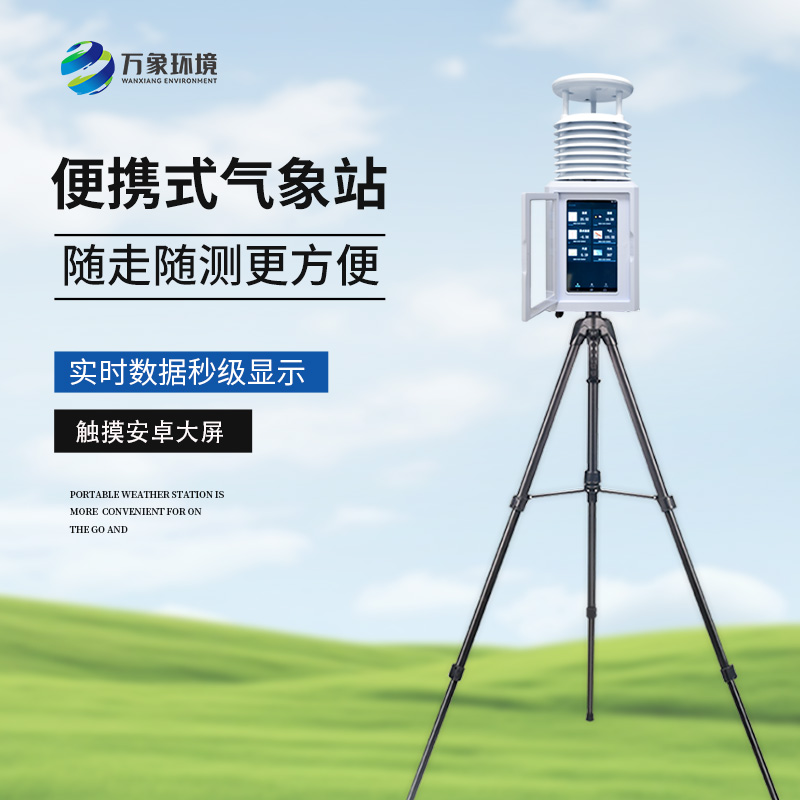In the current rampant African swine fever (ASF), how to detect the virus quickly and accurately has become an urgent problem to be solved by the breeding industry and animal disease prevention and control departments. The fluorescence quantitative PCR instrument, with its high sensitivity and specificity, has played an important role in the detection of African swine fever.
WX-CW16H fluorescence quantitative PCR technique is a molecular biological detection method based on DNA amplification. It uses specific primers and probes to amplify specific gene sequences of African swine fever virus. During the PCR reaction, fluorescent dye or fluorescently labeled probe is added to monitor the DNA amplification process in real time. With the progress of PCR reaction, the fluorescence signal is gradually enhanced, and when the fluorescence signal reaches a certain threshold, it can be judged as a positive result, so as to realize the rapid detection of African swine fever virus.
The fluorescence quantitative PCR instrument can detect a large number of samples in a short time, which greatly improves the detection efficiency. This is essential for timely detection and control of outbreaks. In key places such as farms and slaughterhouses, pigs or pig products carrying the virus can be quickly identified through the rapid detection of fluorescent quantitative PCR, so that emergency measures such as isolation and destruction can be taken to prevent the further spread of the epidemic.
Fluorescence quantitative PCR technique has high sensitivity and specificity, and can accurately detect trace viral DNA in samples. Effective identification can be achieved even at low viral loads. At the same time, due to the use of specific primers and probes for amplification and detection, cross-reaction with other viruses is avoided, and the possibility of false detection and missed detection is reduced.
In addition to qualitative detection, the fluorescence quantitative PCR instrument can also quantitatively analyze the viral nucleic acid in the sample and determine the concentration of viral nucleic acid. This will help more accurately assess the extent of infection and the risk of transmission of the virus, and provide strong support for epidemic prevention and control.

Article address:
http://www.qxhjjc.com/en/newcen/1360.html


















 Home
Home phone
phone Product Overview
Product Overview Contact Us
Contact Us